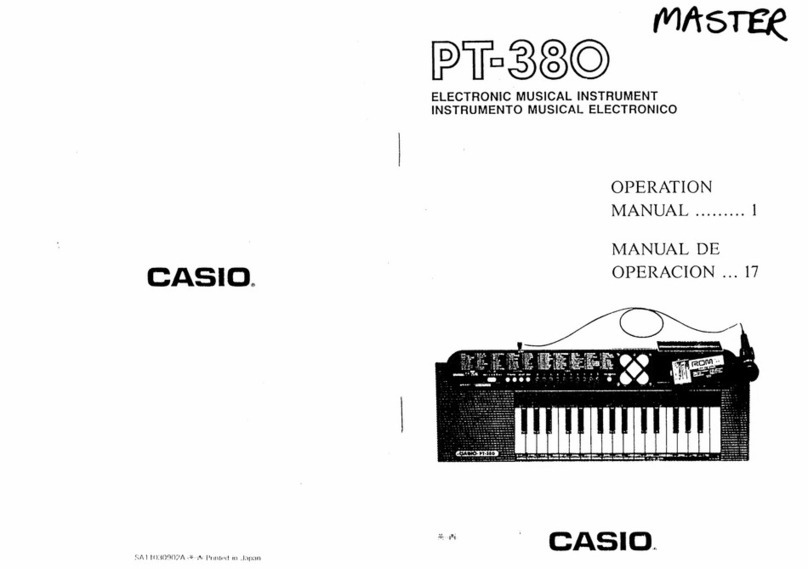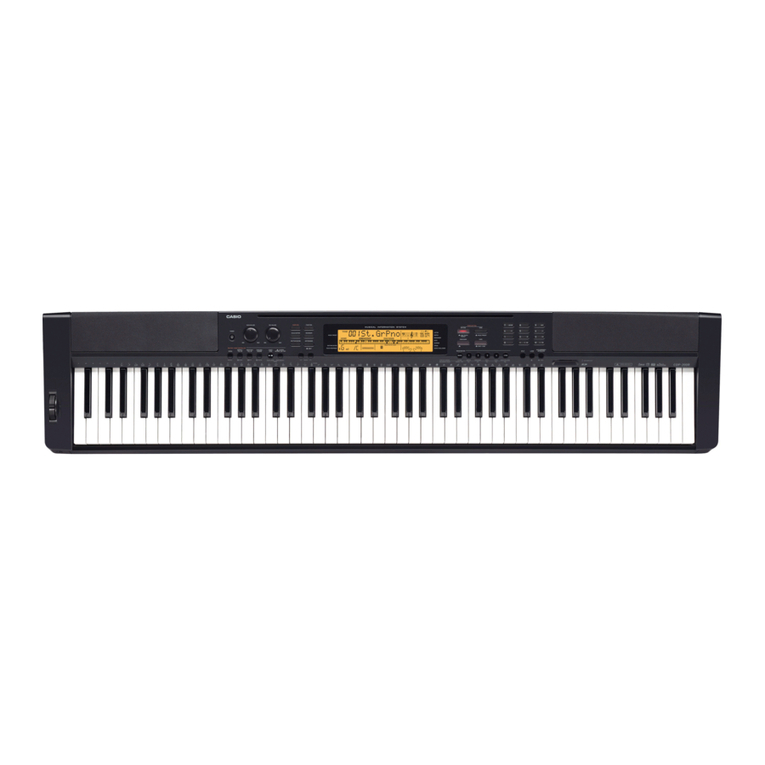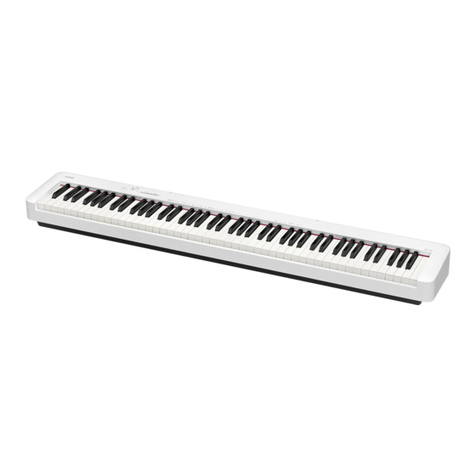Casio Casiotone MT-400V User manual
Other Casio Musical Instrument manuals
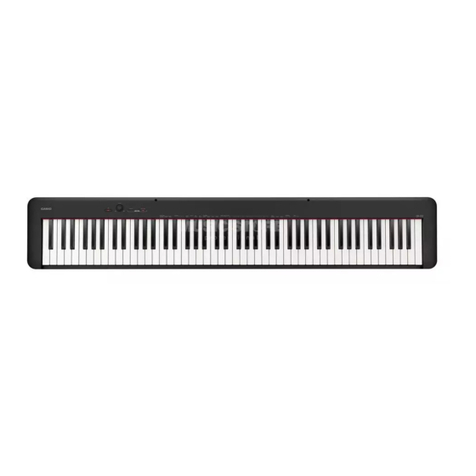
Casio
Casio CDPS-100 User manual
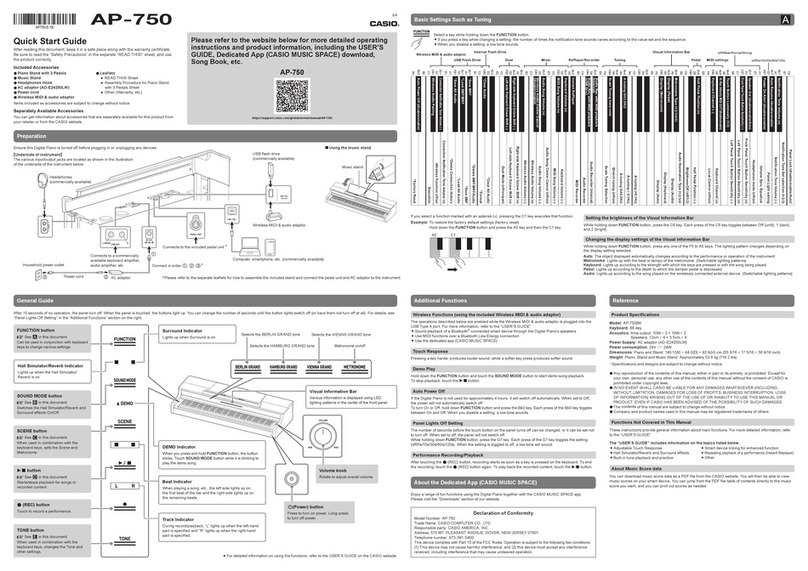
Casio
Casio AP-750 User manual

Casio
Casio Celviano GP-300BK User manual
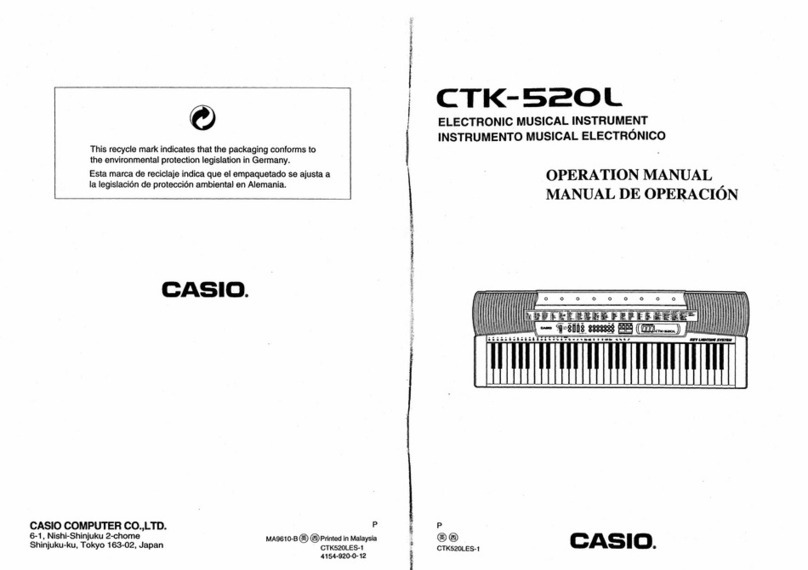
Casio
Casio CTK-520L User manual
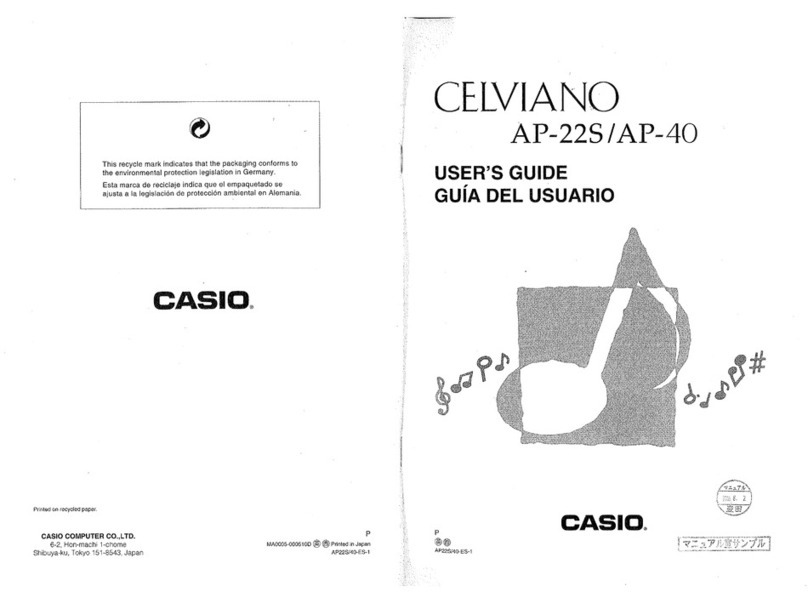
Casio
Casio Celviano AP-22S User manual

Casio
Casio Casiotone CT-S195 User manual
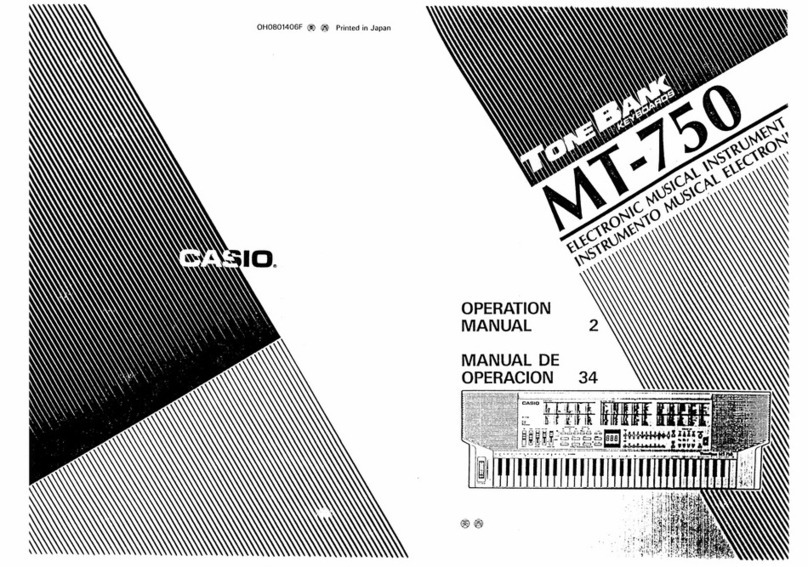
Casio
Casio TONEBANK MT-750 User manual

Casio
Casio HT-6000 User manual

Casio
Casio CPS-7 User manual
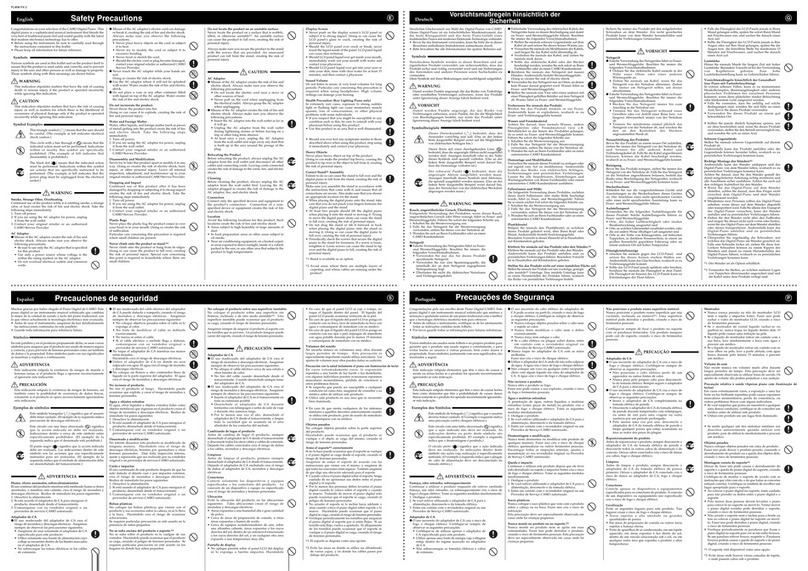
Casio
Casio Privia PX-400R Installation instructions
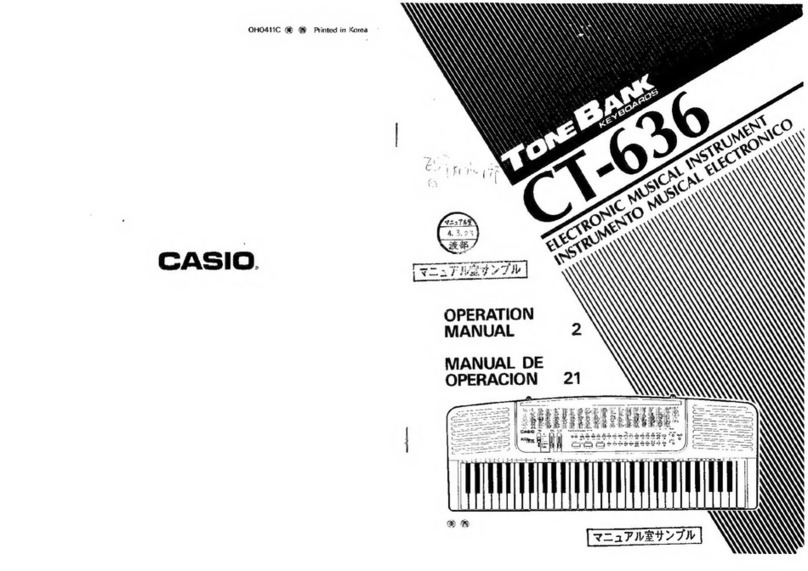
Casio
Casio TONEBANK CT-636 User manual
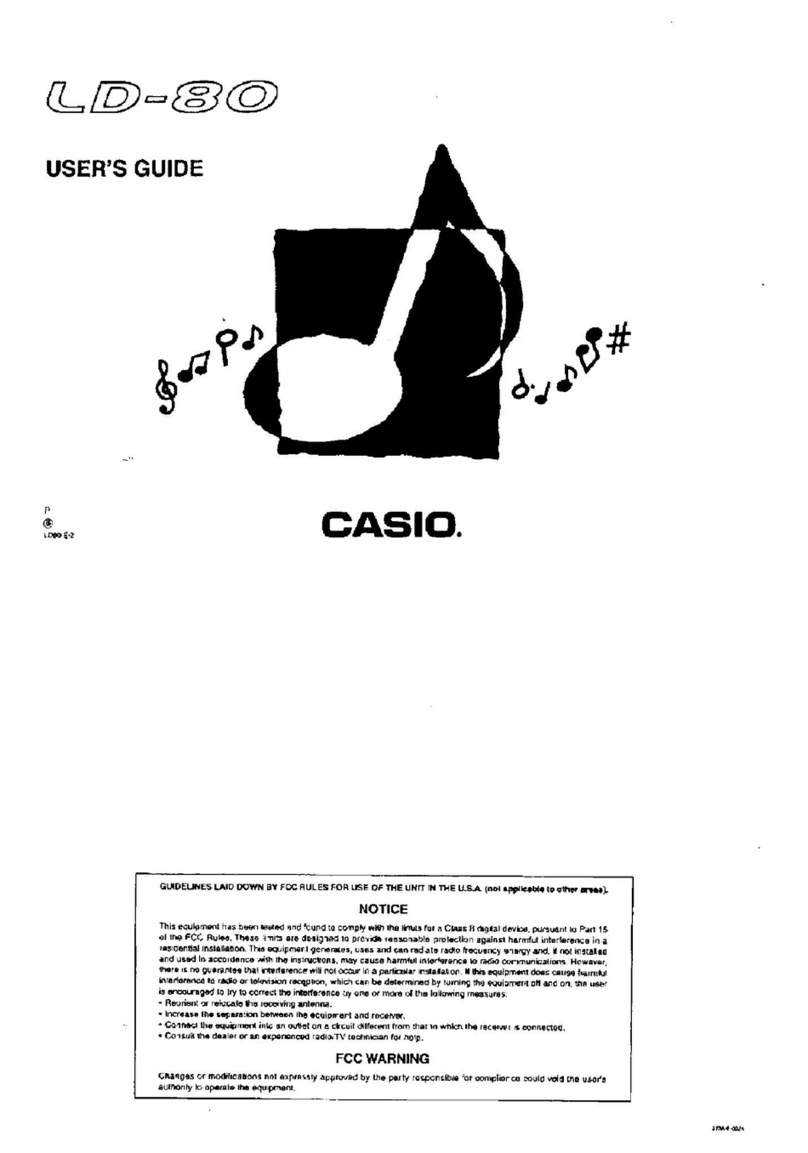
Casio
Casio LD-80 User manual
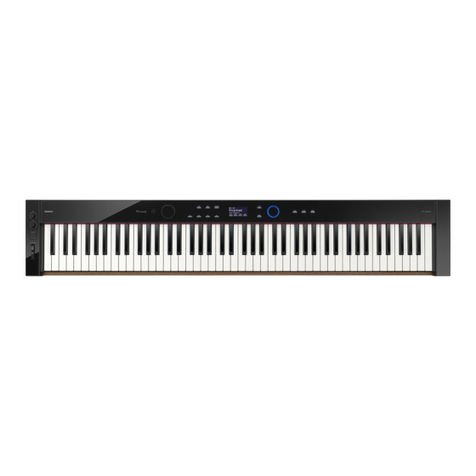
Casio
Casio Privia PX-S6000 User manual
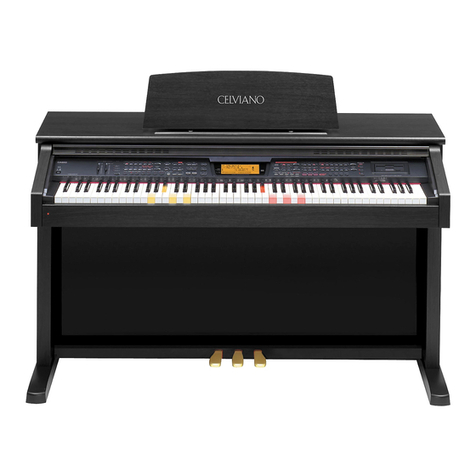
Casio
Casio Celviano AL-100R User manual

Casio
Casio CTK-3400SK User manual
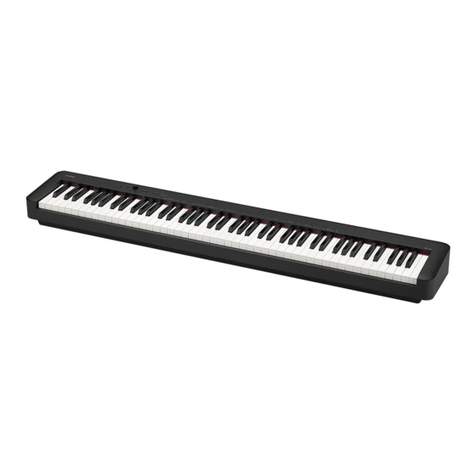
Casio
Casio CDP-S150 User manual
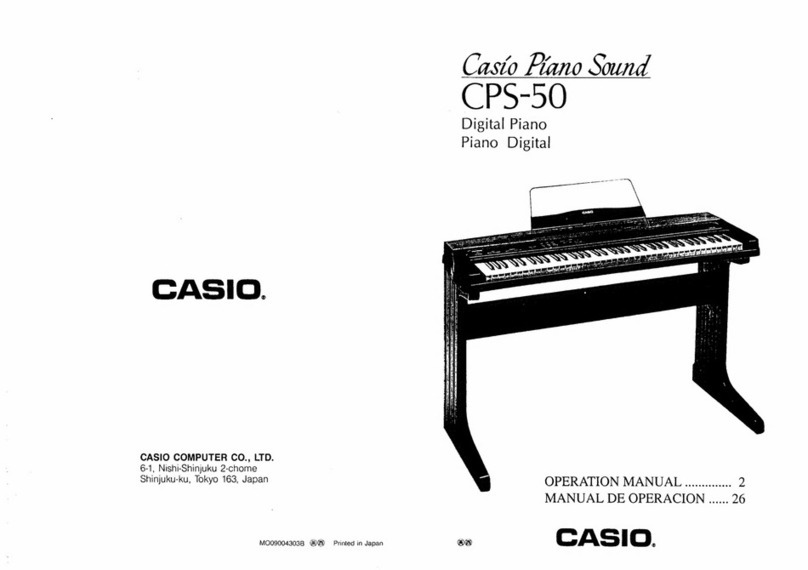
Casio
Casio Piano Sound CPS-50 User manual
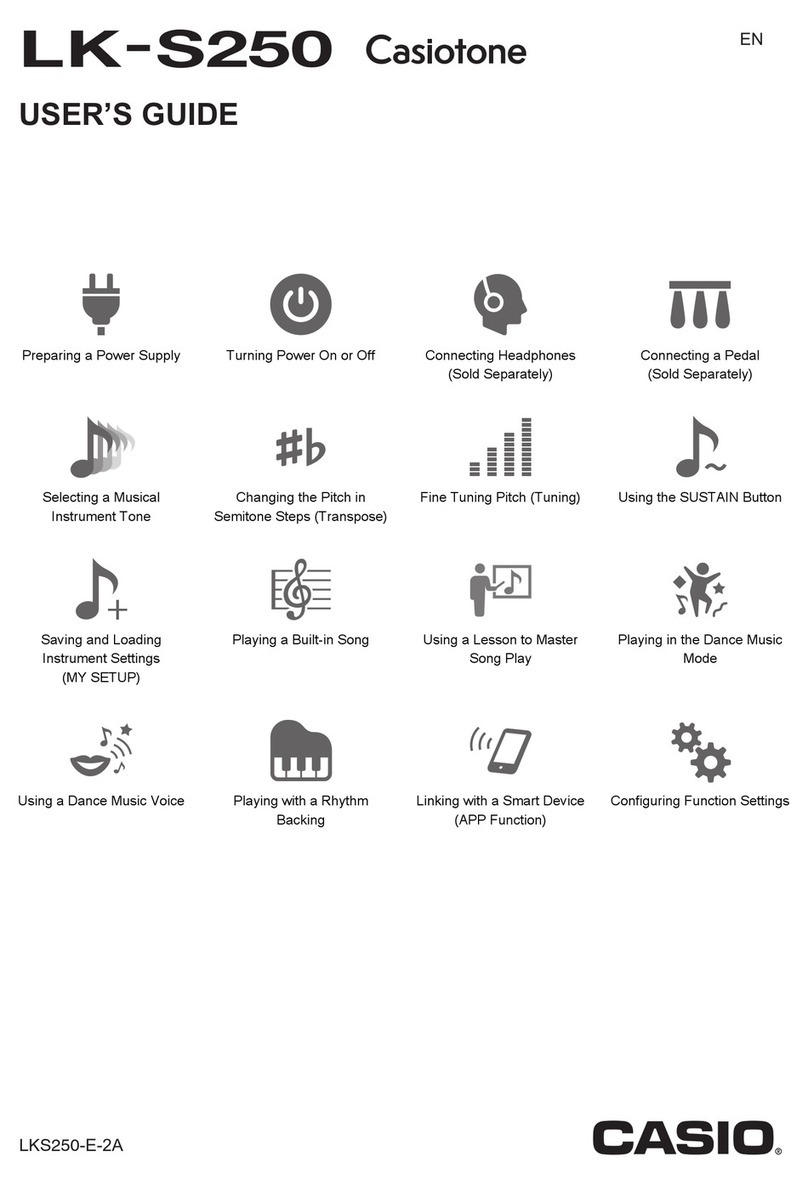
Casio
Casio LK-S250 User manual
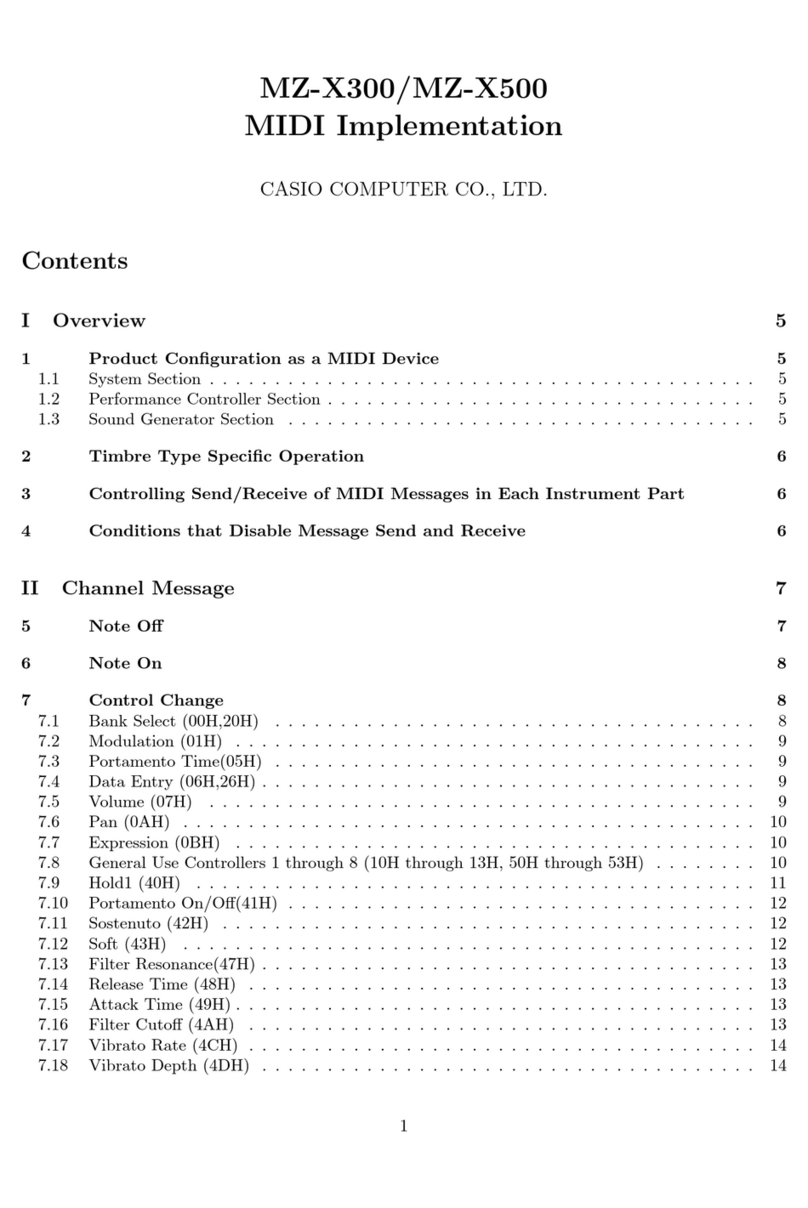
Casio
Casio MZ-X300 User manual
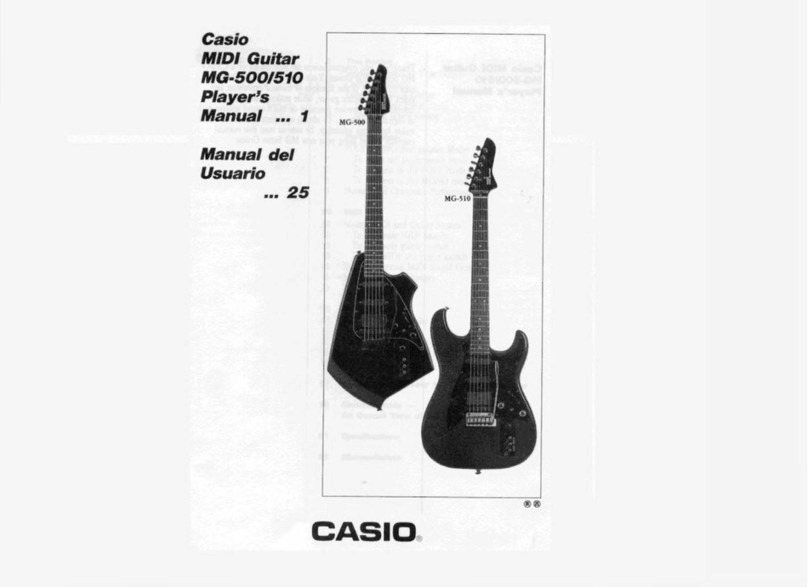
Casio
Casio MG-500 Operator's manual

